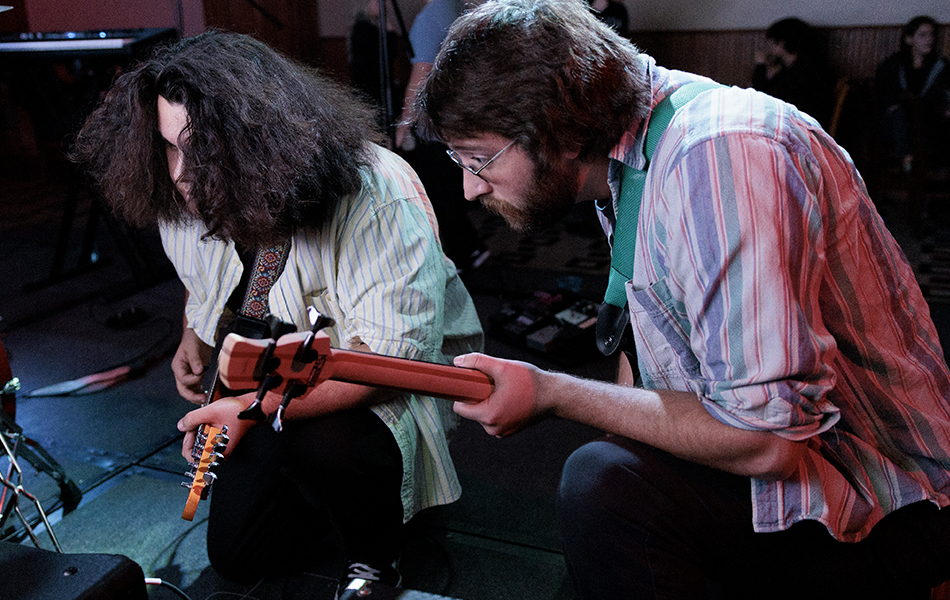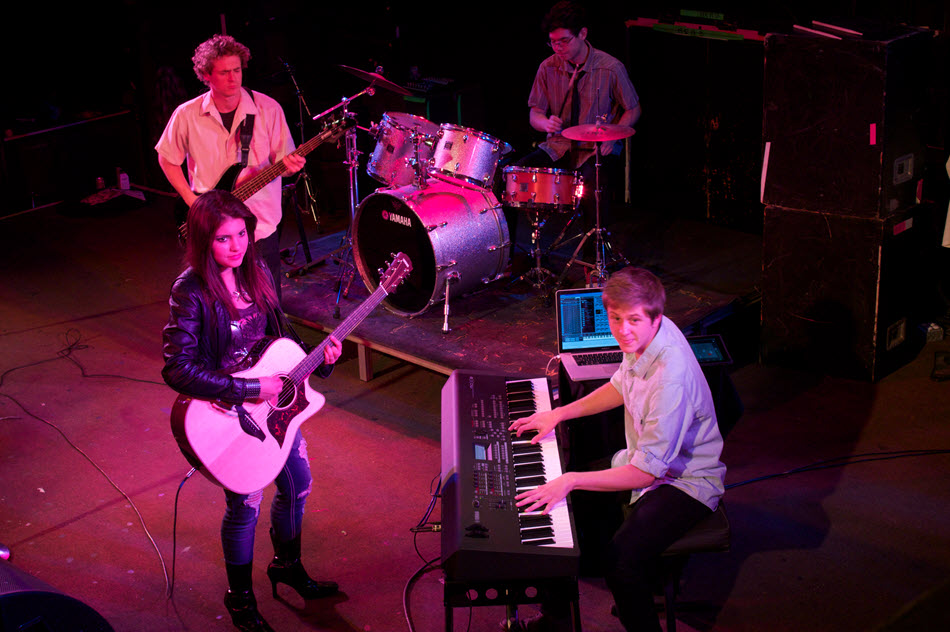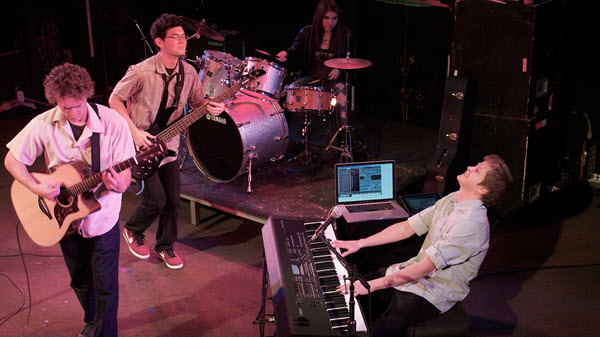Tagged Under:
Deciphering Power Ratings, Part 2: Powered Speakers
Take the mystery out of matching amps and speakers.
In Part 1 of this two-part article, we talked about the importance of matching power amplifiers to loudspeakers. Now we’ll take a look at powered speakers and how they make it easier to configure your PA system.
A powered (“active”) speaker such as the Yamaha DBR15 is a loudspeaker that has one or more built-in amplifiers (contained inside the speaker cabinet), so there’s no need for an external power amp. The most important benefit it offers is that there’s no guesswork involved regarding which power amplifier to use because the designers of the speaker have already done that for you. You simply connect the outputs of your mixer to the inputs of the speakers, and that’s it — you’re done. Unlike passive speakers (i.e., speakers that have no built-in amplifier), most powered speakers offer XLR or combo (XLR/TRS) input jacks.
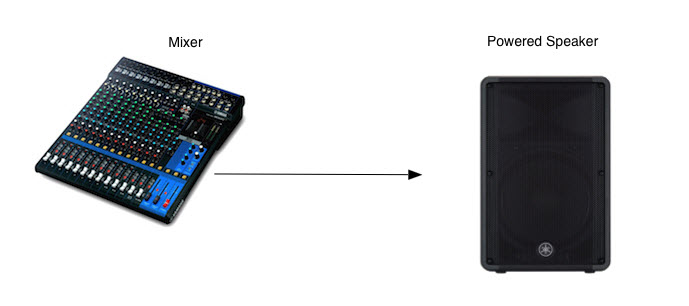
The DBR15 actually has two built-in power amplifiers. One is dedicated to the woofer (which reproduces low frequencies) and the other is dedicated to the tweeter (which reproduces high frequencies). This two-amplifier arrangement is called biamplification and provides several advantages. In addition to matching each amp to a specific driver (i.e., woofer or tweeter), power is used more effectively. Woofers are much larger, heavier and less efficient than tweeters, so they require more power to generate sound. Biamplification allows different power amps to be used for each driver. For example, the DBR15 has a total continuous power output of 465 watts; one amplifier provides 400 watts for the woofer, and the other amp provides 65 watts for the tweeter. That might seem like a small amount of power for the tweeter, but high-frequency drivers are small and light so they require less power to achieve high volume levels. Biamplification allows putting the power where it’s needed most.
Advantages of Powered Loudspeakers
Powered speakers are more efficient than passive speakers. Most speakers that use separate low- and high-frequency drivers have a built-in circuit called a crossover. This is like a traffic director for sound. It sends the high frequencies to the tweeter and the low frequencies to the woofer. The crossover in a passive speaker has to handle high power levels from the amplifier and, as we discussed last month, that can be as much as 1,000 watts or more! Most tweeters can’t handle as much power as the woofer, so part of the job of a crossover is to reduce power going to the tweeter by turning it into heat — and that’s wasted power.
However, a powered speaker (unlike a passive speaker) can put the crossover before the amplifiers, so power going to the tweeter is used more efficiently and not wasted as heat. That’s another reason the high-frequency amplifier in a biamped speaker can be less powerful than the low-frequency amp. Placing the crossover before the amps also reduces a type of distortion called Intermodulation Distortion (“IMD”).
When choosing a powered speaker, pay attention to the speaker’s Maximum SPL (Sound Pressure Level) specification, which tells you how loud the speaker will sound. Many powered speakers are rated to produce upwards of 125 dB SPL — plenty for most small and medium-size clubs or coffee houses.
Powered speakers also sometimes include onboard DSP (Digital Signal Processing) such as EQ or filtering. The DBR15 has two rear-panel switches that adjust the response of the speaker depending upon how you plan to use it. A D-CONTOUR switch changes the onboard EQ to make the DBR15 suitable for use as either a main speaker or a monitor speaker. A second switch called the high-pass filter (“HPF”) cuts the low frequencies for use with a subwoofer such as the Yamaha DXS15mkII.
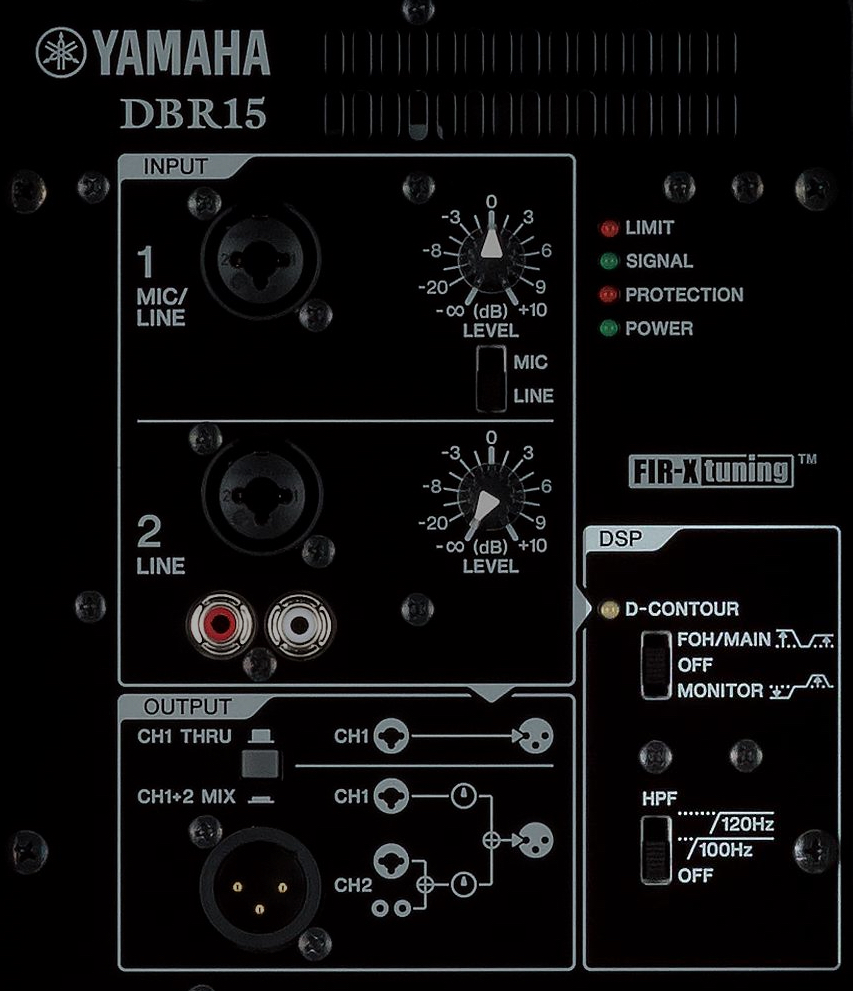
The DXS15mkII has an onboard low-pass filter (“LPF”) that cuts the high frequencies because there’s no need for a subwoofer to produce them — the main (full-range) cabinet will do that. These switches, combined with the DBR15’s “thru” jack, make it very easy to link the DXS15mkII to the DBR15 when you are ready to add the subwoofer. You won’t have the worry of crossover settings that you would if you were using passive subwoofers and speakers. The DXS15mkII sums the left and right outputs from the mixer to mono in the low frequencies, so you can start with one sub and add another when you need to expand your PA for larger gigs. (Output from the DXS15mkII remains stereo for the full-range speakers.)
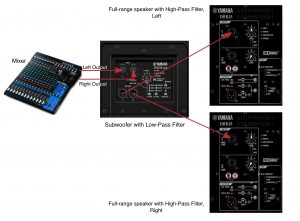
Another advantage of a powered speaker is that in some cases it may allow you to do a gig without a mixer. As an example, the Yamaha DBR12 has two inputs on the rear panel, each with a separate level control. It also has a “CH1+2 MIX” switch for the output that enables inputs 1 and 2 to be mixed together. If you have a show where you need just one microphone and a keyboard, you could connect the microphone to input 1 and the keyboard to input 2. The level controls allow you to balance the two channels, and you can even connect an additional playback device such as a laptop, smartphone or tablet using the RCA jacks:
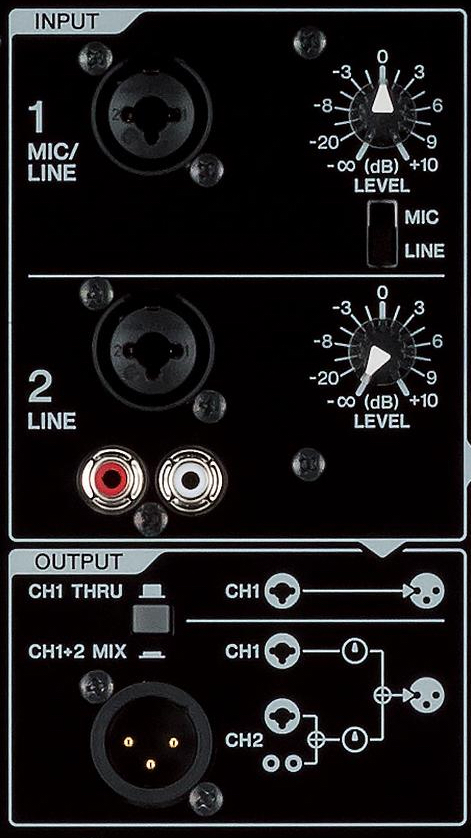
Powered speakers can be a little bit heavier and more expensive than passive speakers, but on the other hand you won’t need to carry around or buy a rack full of amplifiers. You’ll also use fewer cables to connect everything so your setup will be faster and less complicated, and you’ll know that the power amps are matched perfectly to your speakers, so a lot of time they’re a great choice, especially for smaller live sound rigs.
Check out our other Tools of the Trade postings.
Click here for more information about Yamaha powered speakers.










